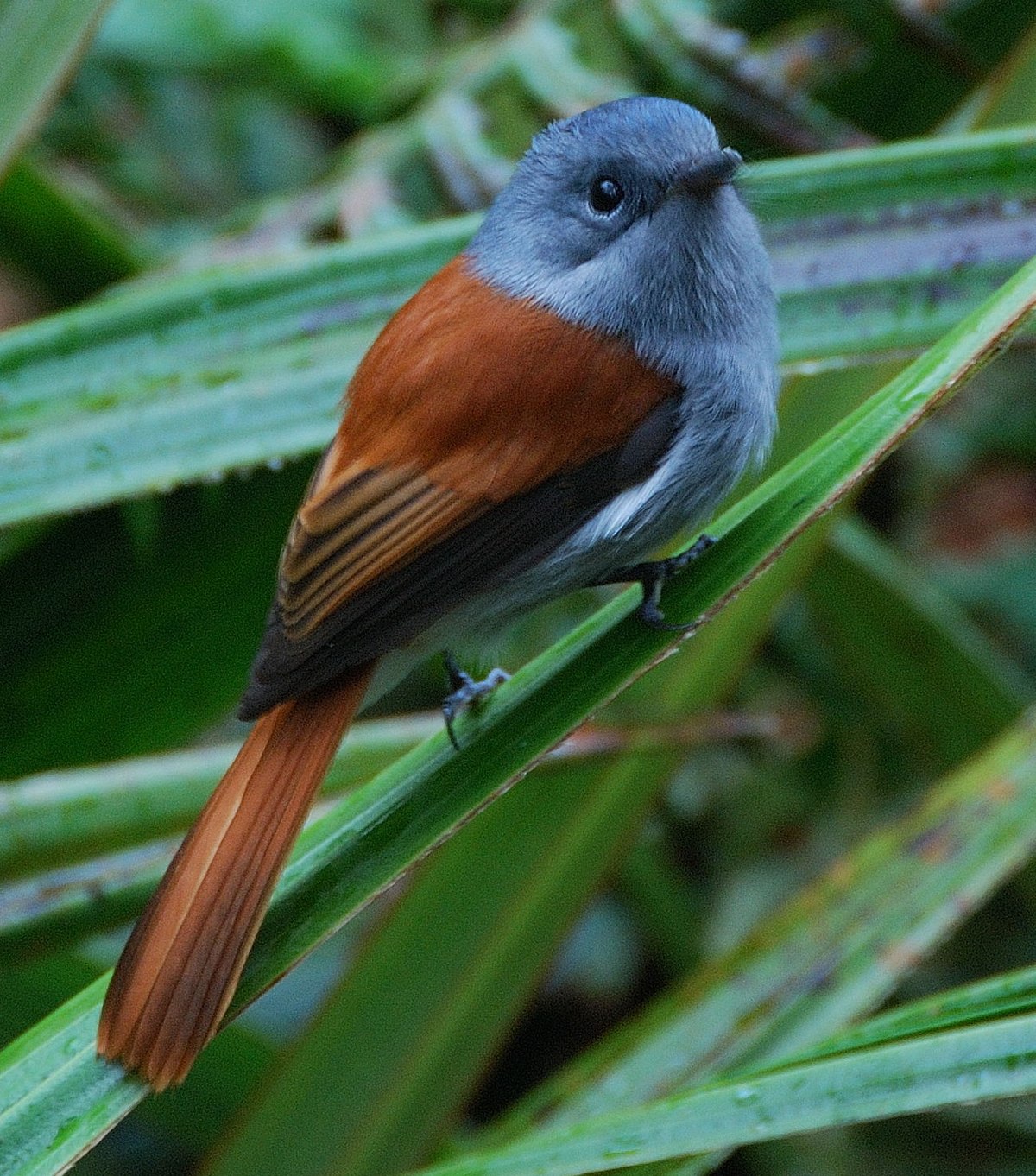Some estimates give 150,000 to 1.5 million as the number of bird species that have ever lived. Most went extinct as the environment changed and evolution created new forms that were better fit for the new circumstances.
Evolution occurs via the accumulation of genetic changes. When the changes are sufficient, new species may arise. Typically this happens when two populations of a species become separated. This is allopatric (two countries) speciation. When gene flow between populations is interrupted by distance or a physical barrier, such as being separated by a river or canyon, the individuals of each population accumulate genetic differences, sometimes to the point that the two populations can no longer interbreed and thus become two different species. You can read a paper which reports on discovering two populations of Monarch Flycatchers in the process of speciation.

In the case of these flycatchers, it’s plumage color that has changed, but there are many other possibilities that cause two species to differ so much that they cannot interbreed. Individuals of different species might prefer different habitats and thus be unlikely to encounter one another. The two species might reproduce at different times of the day or year and thus be unlikely to find mates. Two species might have different courtship behaviors or mate preferences. Different species might produce egg and sperm cells that can’t combine in fertilization, even if they meet up through mating. Two species might have bodies or reproductive structures that simply don’t lend themselves to a sexual encounter. Or, if an egg is fertilized it may not hatch or the young might have severe deformities.
There are a number of cases of allopatric speciation resulting from a subpopulation of birds moving from one habitat to another, especially in the case of birds colonizing different islands (like Darwin’s finches). A recent study demonstrates that moving up a mountain slope can also result in speciation. As birds move upslope on a mountain and encounter different conditions, leaving some of their previous population mates behind, speciation can occur. And as the climate warms, some sensitive species will migrate to higher latitudes to escape the heat, perhaps far enough upslope to accumulate genetic changes that do not cross over to their previous population.

We know that a species is defined as a group of living organisms consisting of similar individuals capable of exchanging genes or interbreeding due to various reasons. Thus, if they cannot interbreed, they are different species. But things get a little fuzzy here. There are lots of hybrids between species in the wild, although most of them do not survive or do not themselves reproduce. Perhaps the most common example is the female horse x male donkey resulting in a sterile (virtually always) mule. One common avian example is the Mallard x Northern Pintail cross. The offspring survive just fine but the hybrid offspring are rarely fertile in the wild.
Hybridization among occurs most frequently in the waterfowl family (Anatidae). This family has accumulated reproductive incompatibilities at a slower rate than other bird families. Next time you go to a city park that attracts waterfowl, I’m sure you will observe some of these resultant crossbreeds.
Nice summary! I really enjoy your write-ups! Thank you!